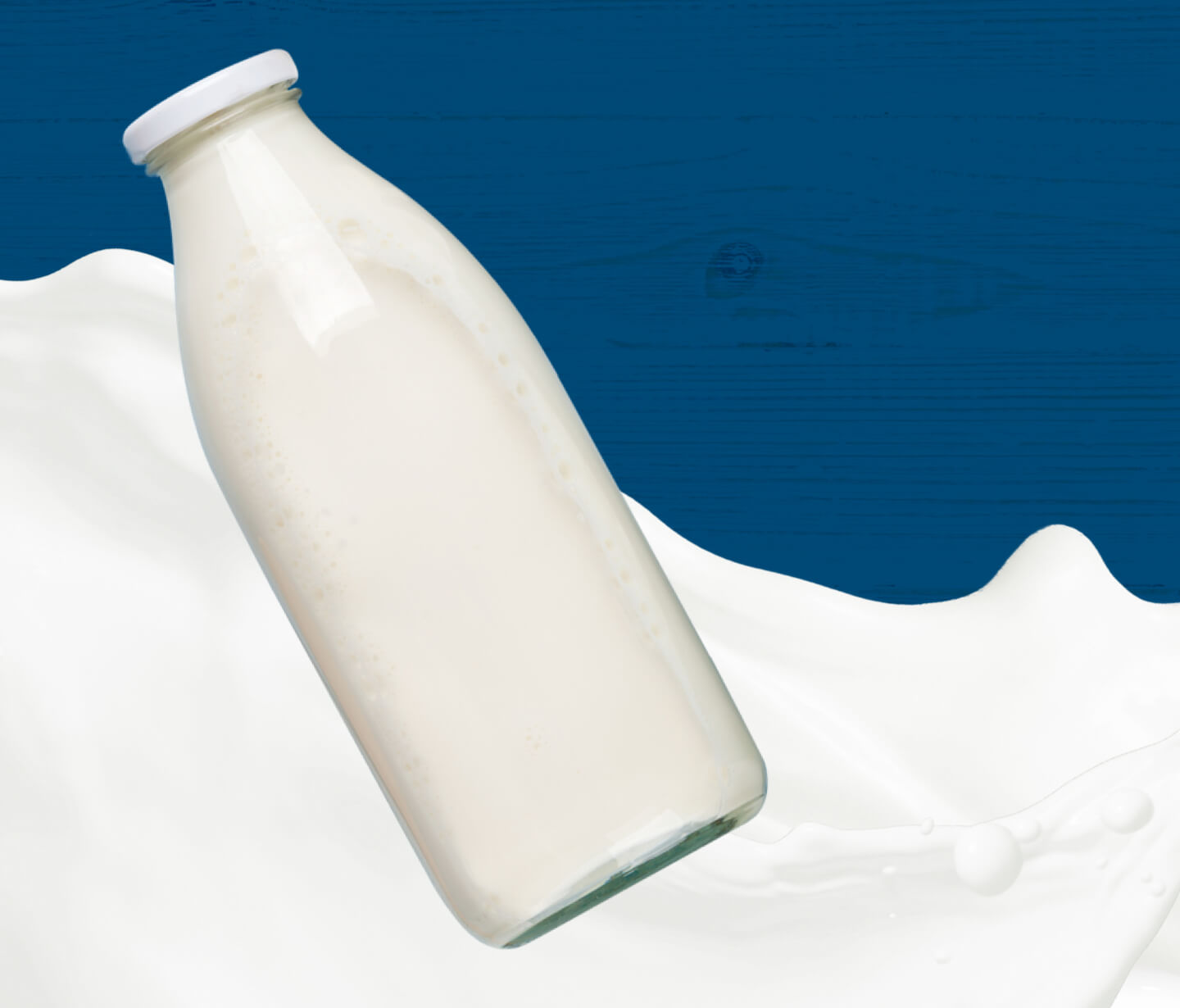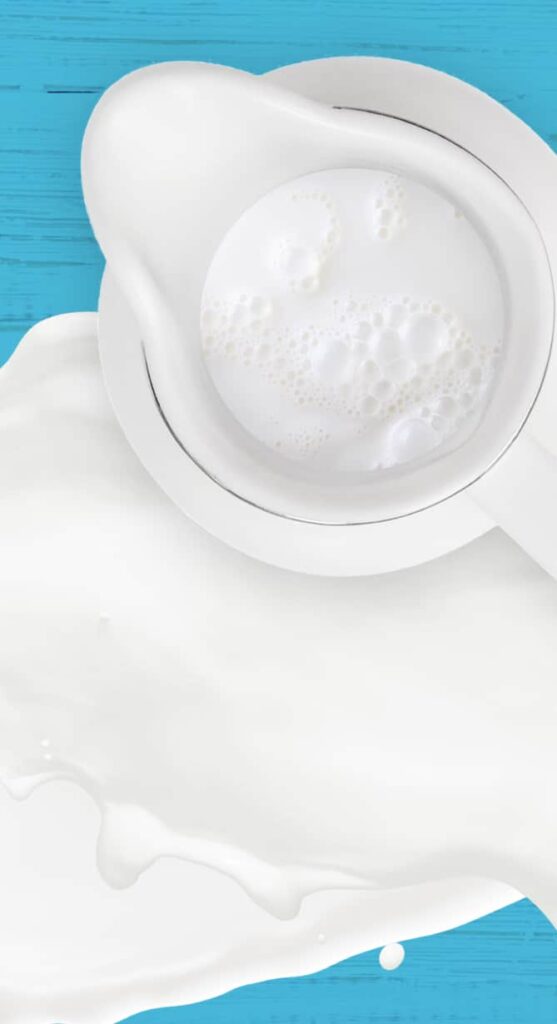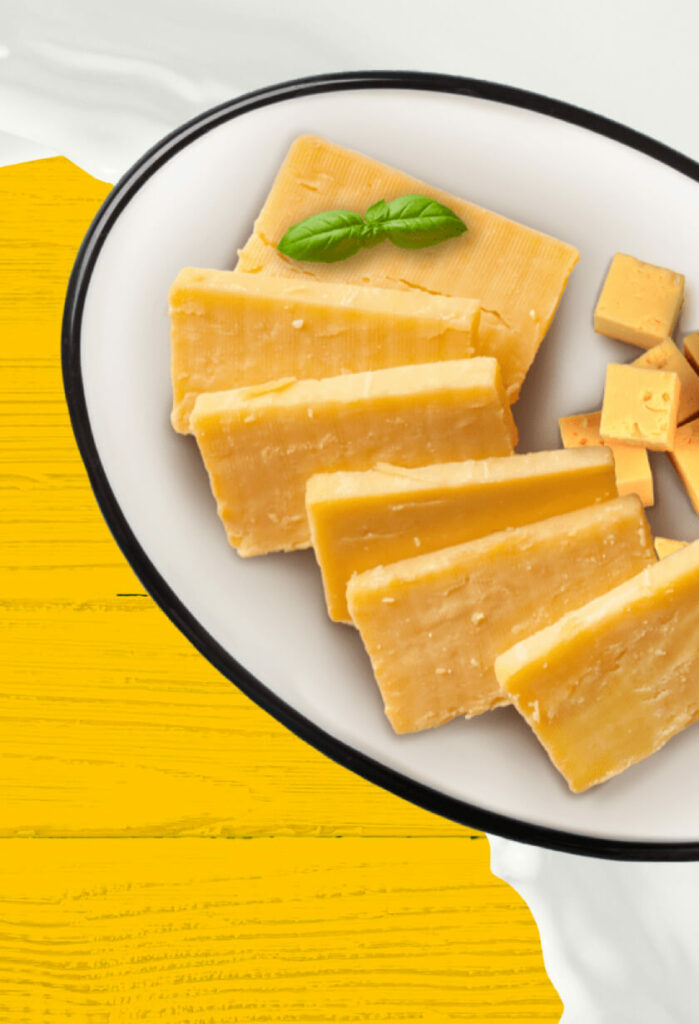BUTTER
TYPES OF BUTTER

SALTED AND UNSALTED BUTTER
Salted and unsalted butter are made the same way; however, one has salt added to it after the churning process. While both butters are versatile and used in many ways, unsalted butter is better for baking.

LIGHT BUTTER
Light butter has the same great taste as regular salted or unsalted butter, but with about 25% less fat content.
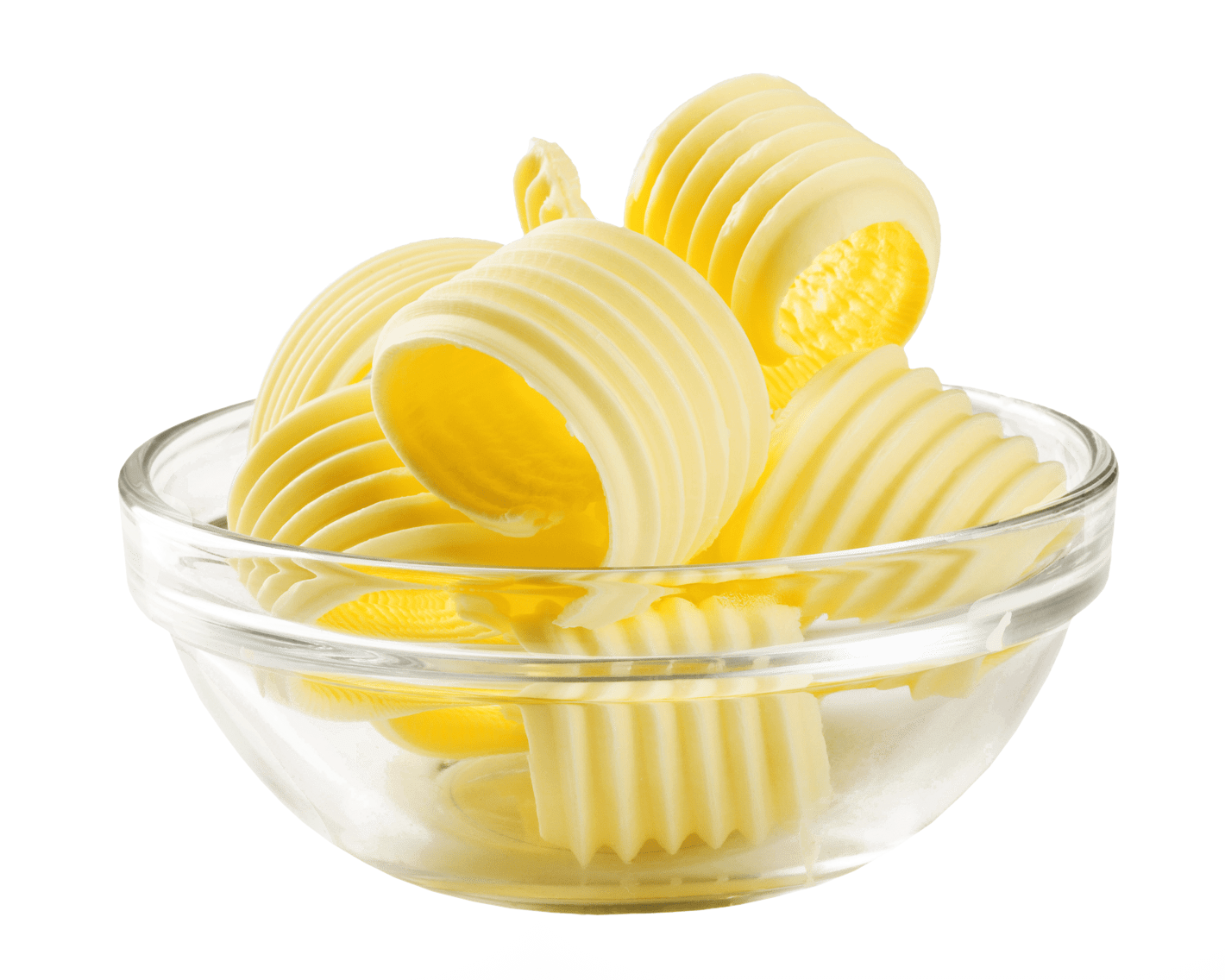
CULTURED BUTTER
With cultured butter, bacteria cultures are added to the cream and the mixture is then fermented before being churned into butter. It’s richer and has a fuller, nuttier flavour, so it’s best used for baking goodies, such as scones, biscuits or cookies.
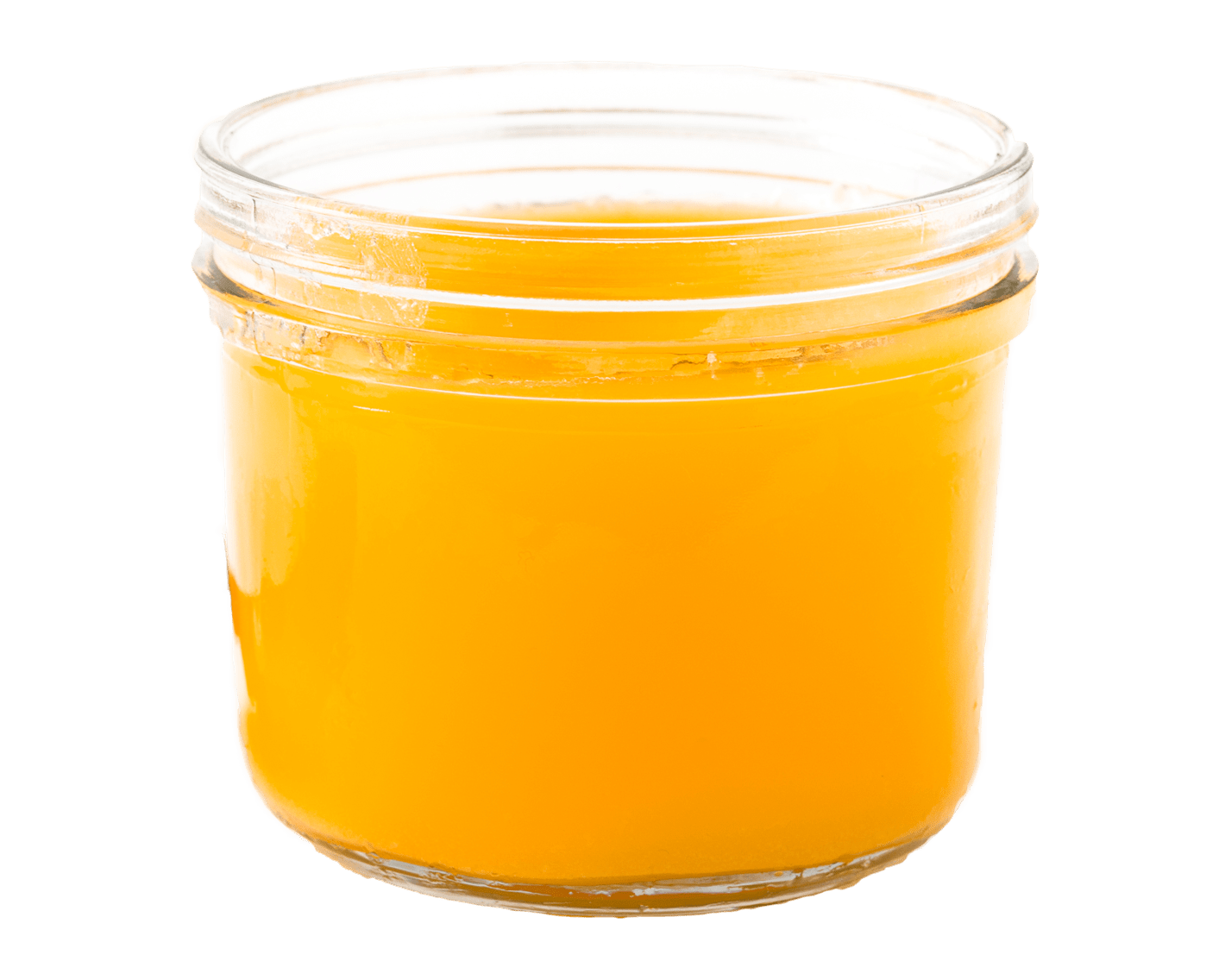
GHEE
Ghee is a type of clarified butter. It is made by melting regular butter and allowing milk fat to separate from the liquid fat. The solid milk fat is removed leaving less lactose in the leftover liquid fat. It’s best used as a cooking oil, such as in sautées, because it has a higher burning point than standard butter.
HOW IS BUTTER MADE?
From milk to cream
Butter is made from cream. First, milk is pasteurized and then the cream is separated.
Churning time
The cream is then churned (mixed vigorously) in a churning cylinder until the solid fats separate from the liquid (which ends up being buttermilk!).
Blended to perfection
The leftover solids are drained and blended (sometimes with salt, sometimes without) and voila, you have butter!
WHEN TO USE DIFFERENT TYPES OF BUTTER
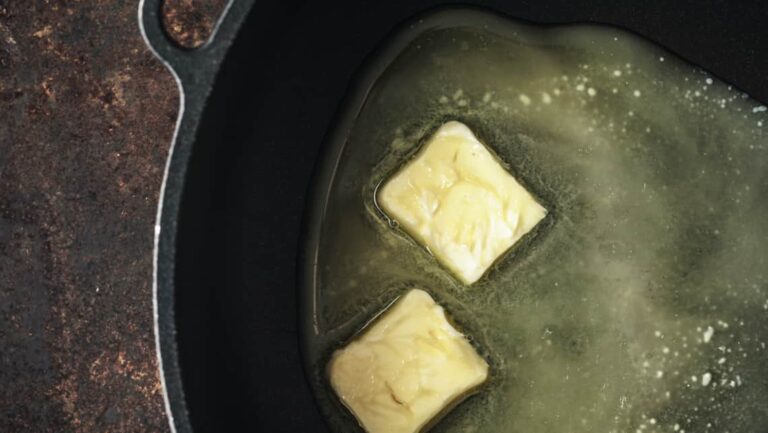
Browned butter
What is it? Browning butter means to cook unsalted butter slowly on low heat, which caramelizes the milk solids and leaves a sweet, nutty flavour. When should I use it? You can use browned butter anywhere you’d use regular butter - consider it next time you want to elevate a pie crust or your go-to cookie recipe.
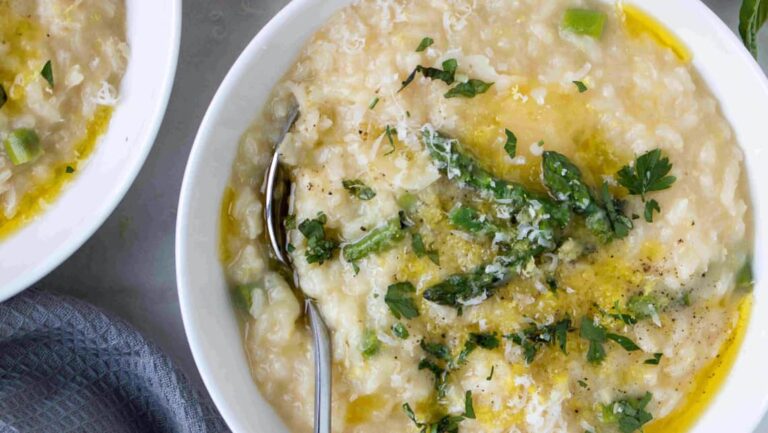
Baking and cooking with butter
Baking Most baked good recipes call for room-temperature or softened butter that’s incorporated with sugar. If the butter is melted, the sugar crystals won’t be able to do their job properly. Cooking If you’re melting butter in a pan, be wary not to burn it since butter reaches a burning point quicker than other cooking oils.
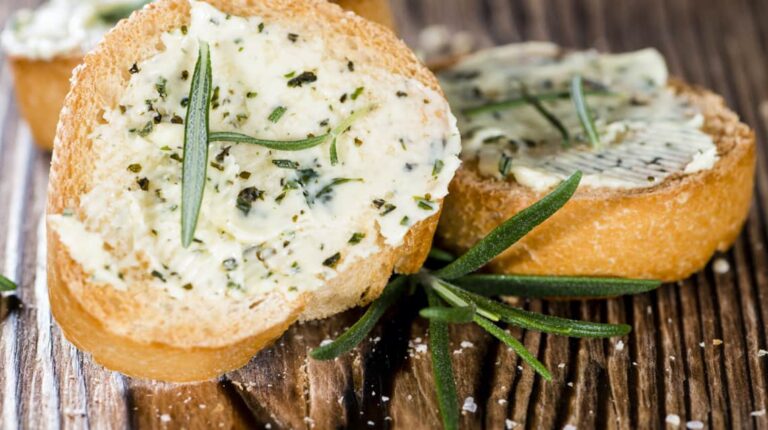
Make your own flavoured butter
How to make it Take about 100g of softened, unsalted butter and create your own savoury, flavoured butters to amp up your morning toast or add as a condiment to your favourite meal. Flavour combinations Try a simple garlic and parsley combo or a tasty trio like basil, tomato and parmesan. Beat in the ingredients and roll using parchment paper, and you’ve got your own flavoured butter.
OUR FAVOURITE RECIPES WITH BUTTER
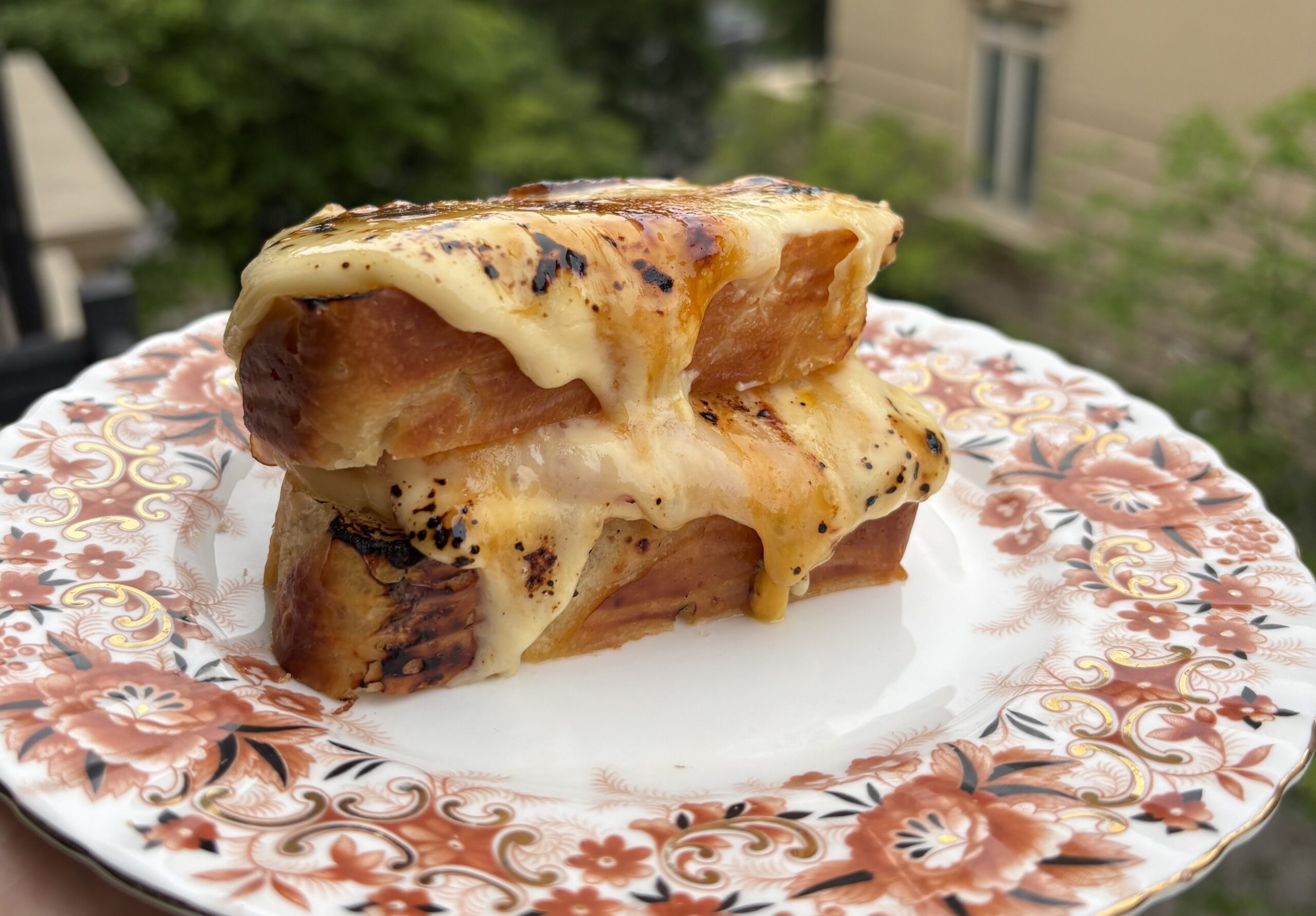

Croissant French Toast
See full recipeEXPLORE MORE DAIRY GOODNESS
EXPLORE MORE DAIRY GOODNESS
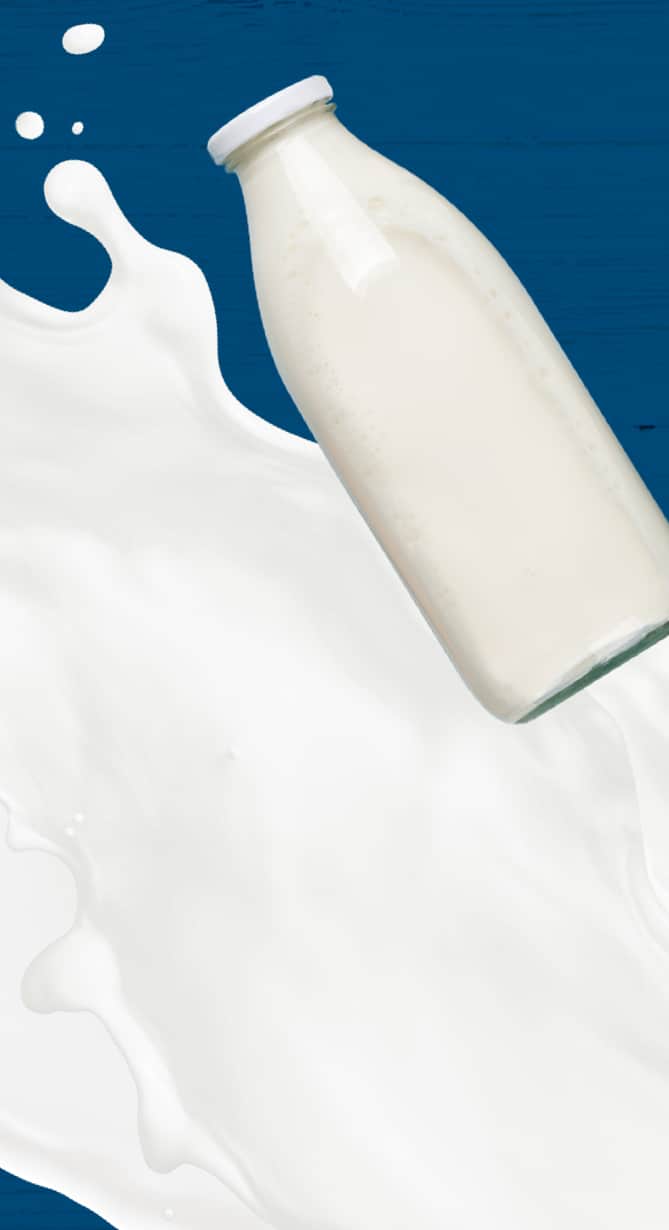
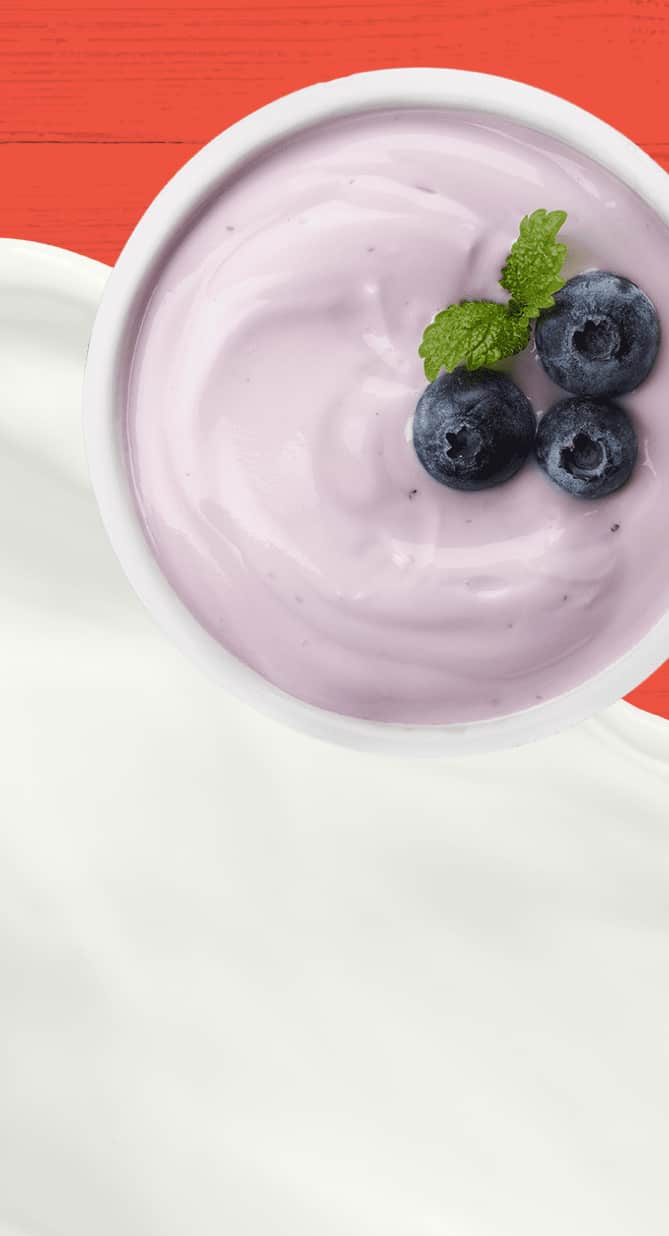
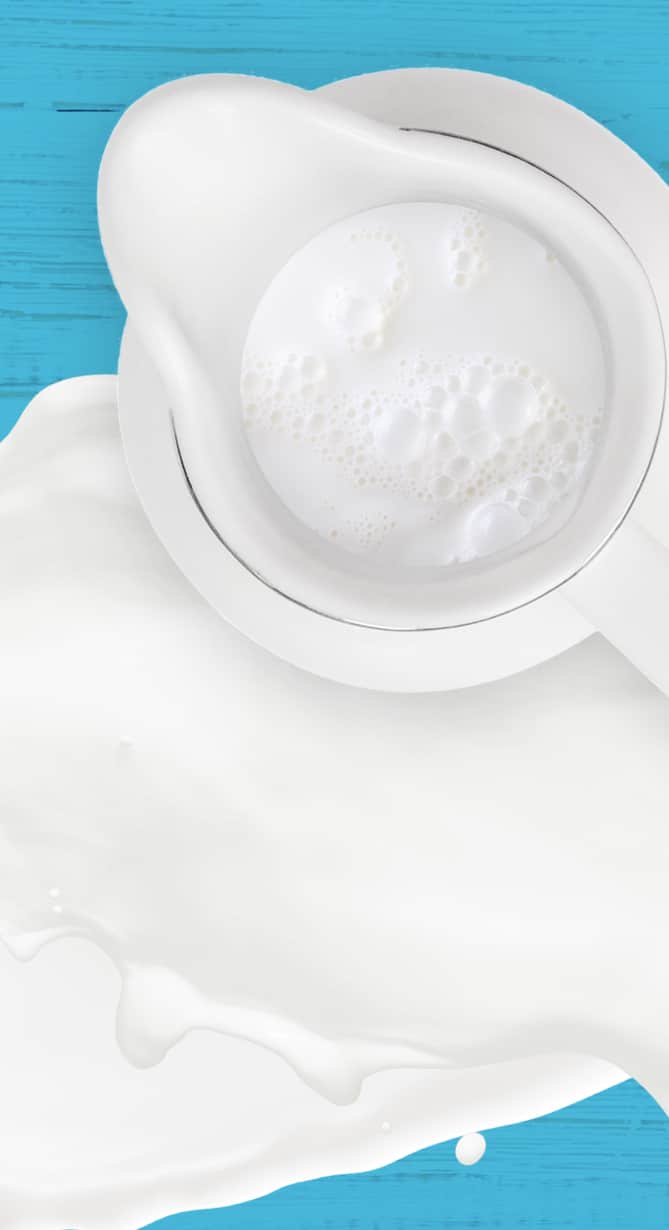
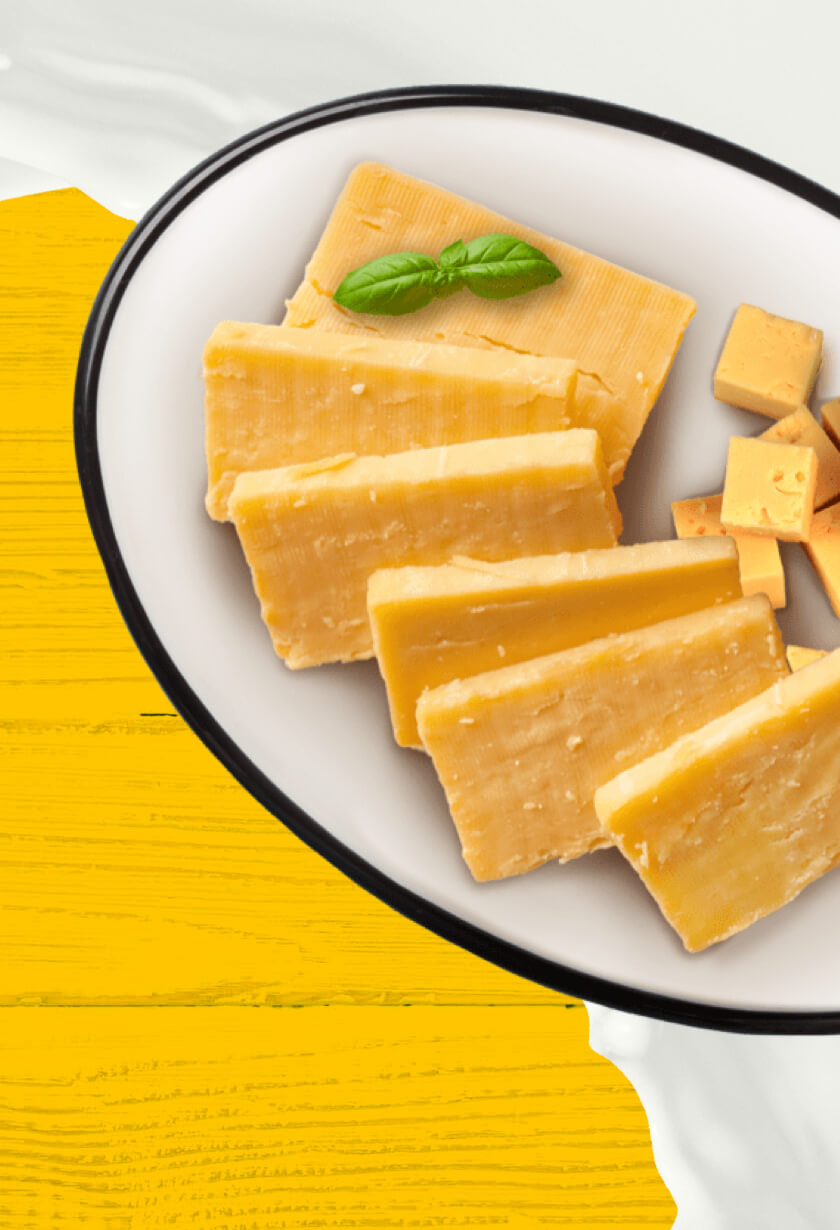
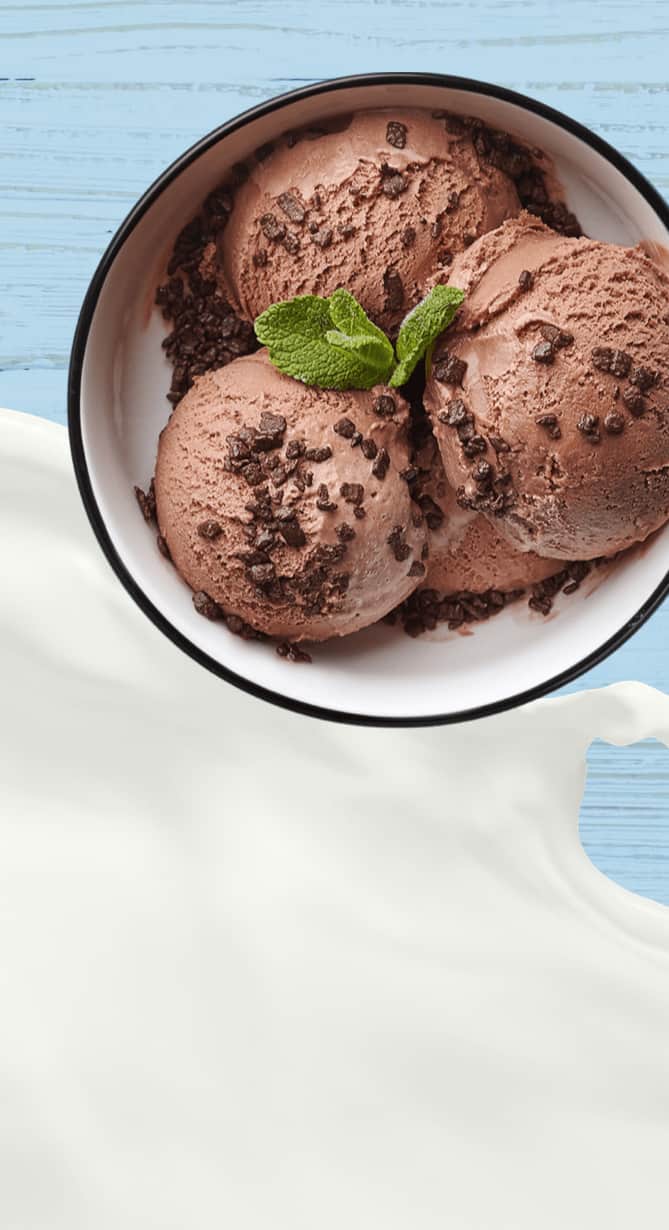
EXPLORE MORE DAIRY GOODNESS



